Home>Articles>What Are The Pipes Under The Kitchen Sink Called
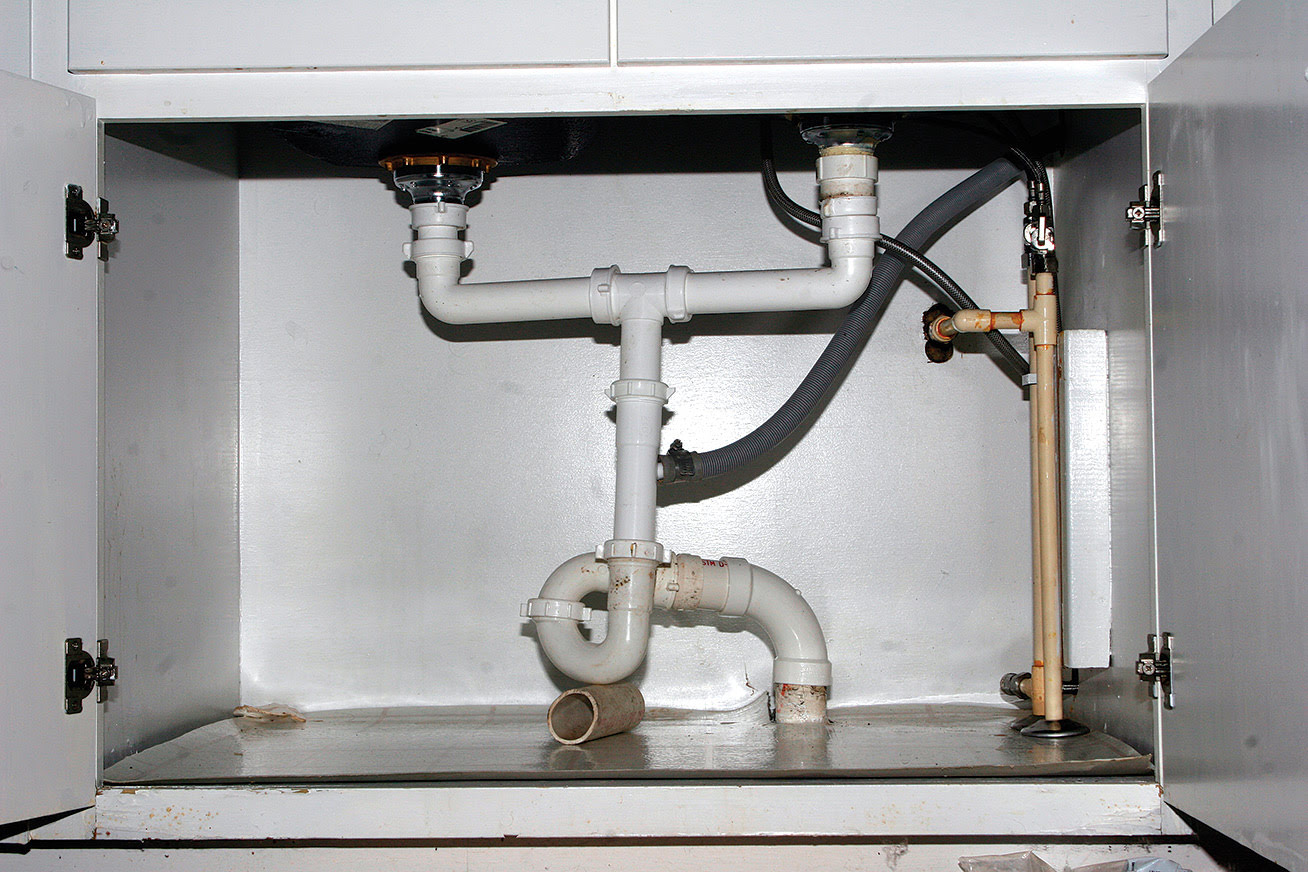

Articles
What Are The Pipes Under The Kitchen Sink Called
Modified: May 6, 2024
Learn about the articles that explain the function and purpose of the pipes under your kitchen sink. Find answers to your questions about these crucial plumbing components.
(Many of the links in this article redirect to a specific reviewed product. Your purchase of these products through affiliate links helps to generate commission for Storables.com, at no extra cost. Learn more)
Introduction
When it comes to the functionality of our kitchens, the pipes under the kitchen sink play a vital role. These pipes are responsible for carrying away waste water, providing a fresh water supply, and maintaining the proper airflow in the plumbing system. Understanding the different types of pipes and their functions can help us better appreciate the importance of this often overlooked component of our kitchen.
In this article, we will explore the purpose of the pipes under the kitchen sink, the types of pipes commonly used, and some common issues that can arise with them. Whether you are a homeowner or just curious about plumbing systems, this article will provide you with valuable insights into the world of kitchen sink pipes.
Key Takeaways:
- Understanding the purposes of the pipes under the kitchen sink, such as drainage, trap seal, fresh water supply, and ventilation, can help homeowners appreciate the intricate plumbing system and maintain a healthy kitchen environment.
- Regular maintenance, including preventing clogs, addressing leaks, and practicing cleaning tips, is crucial for keeping the pipes under the kitchen sink in excellent condition and ensuring a smoothly functioning plumbing system.
Read more: How To Replace Pipe Under Kitchen Sink
Purpose of the Pipes Under the Kitchen Sink
The pipes under the kitchen sink serve several important purposes that contribute to the smooth functioning of our kitchens. Here are the key purposes of these pipes:
- Drainage: One of the primary purposes of the pipes under the kitchen sink is to facilitate the drainage of wastewater. Every time we use the sink, whether it’s washing dishes or rinsing vegetables, the wastewater needs to be carried away. The drain pipe, which connects to the sink’s drain, allows the wastewater to flow out of the sink and into the sewer or septic system.
- Trap Seal: Another important purpose of the pipes under the kitchen sink is to create a trap seal. This is achieved with the help of a drain trap, which is a U-shaped pipe located below the sink. The trap retains a small amount of water, forming a seal that prevents sewer gases from entering the kitchen. The trap seal acts as a barrier, keeping foul odors and harmful gases away from the kitchen and ensuring a healthy environment.
- Supply of Fresh Water: The pipes under the kitchen sink also supply fresh water for various purposes. The hot and cold water supply lines provide water for drinking, cooking, cleaning, and other tasks. These supply lines connect to the main water supply and distribute water to the kitchen faucet, allowing us to access clean and safe water whenever needed.
- Ventilation: Proper ventilation is essential for maintaining the balance of air pressure in the plumbing system. The pipes under the kitchen sink include vent pipes that allow air to enter and exit the system. These vent pipes prevent the formation of vacuum and excessive pressure, ensuring the smooth flow of water and preventing issues such as slow drainage and gurgling sounds.
By understanding the purposes of the pipes under the kitchen sink, we can appreciate how these components work together to create an efficient and hygienic plumbing system. Now let’s explore the different types of pipes commonly used in this setup.
Types of Pipes Used
Various types of pipes are used in the plumbing system under the kitchen sink, each serving a specific function. Here are the most common types of pipes found in this setup:
- Drain Pipe: The drain pipe, also known as the waste pipe, is responsible for carrying away wastewater from the sink. It is typically made of PVC (polyvinyl chloride) or ABS (acrylonitrile butadiene styrene) plastic. The drain pipe is connected to the sink’s drain and extends to a main drain line or a sewer system.
- Drain Trap: The drain trap, as mentioned earlier, creates a trap seal to prevent sewer gases from entering the kitchen. It is a U-shaped pipe made of PVC or metal. The trap is designed to retain water, forming a barrier against odors. Some common types include the P-trap, S-trap, and bottle trap.
- Supply Lines: Supply lines are responsible for delivering fresh water to the kitchen sink. The two primary types of supply lines used are hot water supply lines and cold water supply lines. These lines are typically made of copper, stainless steel, or flexible plastic materials. They connect the faucet to the main water supply, providing access to hot and cold water as needed.
- Vent Pipes: Vent pipes play a crucial role in maintaining proper air balance in the plumbing system. These pipes allow air to enter and exit, preventing negative pressure and ensuring smooth water flow. Vent pipes are typically made of PVC or cast iron and are connected to the drainage system. They extend vertically and usually exit through the roof to release the air.
It’s important to note that the types of pipes used under the kitchen sink may vary depending on the local building codes, plumbing regulations, and the specific needs of the plumbing system. Consulting a professional plumber can help determine the most suitable types of pipes for your kitchen sink.
Now that we have explored the different types of pipes used, let’s shift our focus to some common issues that can arise with these pipes and the necessary maintenance to keep them functioning properly.
Drain Pipe
The drain pipe plays a crucial role in carrying away wastewater from the kitchen sink. It is responsible for ensuring proper drainage and preventing water from pooling in the sink. Here are some key points about the drain pipe:
- Material: Drain pipes are commonly made of PVC (polyvinyl chloride) or ABS (acrylonitrile butadiene styrene) plastic. These materials are durable, resistant to corrosion, and offer smooth water flow.
- Installation: The drain pipe is usually installed beneath the sink and extends downwards to connect with the main drain line or a sewer system. It requires proper alignment and secure connections to ensure a leak-free system.
- Maintenance: To keep the drain pipe in good condition, regular maintenance is essential. Here are some maintenance tips:
- Regularly check for any signs of leakage, such as dampness or water stains around the pipe connections. If you notice any leaks, promptly repair or replace the affected sections to prevent further damage.
- Prevent clogs by avoiding the disposal of grease, oil, large food particles, and non-biodegradable items down the sink. Use a drain cover or strainer to catch debris and clean it regularly.
- Periodically flush the drain pipe with hot water or a mixture of baking soda and vinegar to remove any residue or buildup. This can help maintain smooth water flow and prevent clogs.
- Common Issues: Drain pipes can occasionally encounter issues that may affect their functionality. Some common problems include:
- Clogs and blockages: Over time, debris, food particles, and grease can accumulate in the drain pipe, leading to clogs and slow drainage. Regular cleaning and the use of drain cleaners can help prevent these issues.
- Cracks or leaks: Drain pipes can develop cracks or leaks due to age, improper installation, or physical damage. These can cause water damage, foul odors, and structural issues if not addressed promptly.
- Corrosion: In certain cases, drain pipes made of metal materials can corrode over time, leading to weakened pipe walls and potential leaks. Regular inspection and maintenance can help detect and address corrosion early.
Proper care and maintenance of the drain pipe are essential to ensure the efficient functioning of the kitchen sink. Regular inspection, cleaning, and prompt repairs can go a long way in preventing major issues and extending the lifespan of the drain pipe.
Drain Trap
The drain trap is a crucial component of the plumbing system under the kitchen sink. Its main function is to create a trap seal, preventing sewer gases from entering the kitchen and ensuring a healthy environment. Here are some key points about the drain trap:
- Types of Drain Traps: There are different types of drain traps commonly used in kitchen sinks, including P-traps, S-traps, and bottle traps. P-traps are “P” shaped, while S-traps are “S” shaped. Bottle traps, as the name suggests, resemble the shape of a bottle. Each type of trap has its own advantages, and the choice depends on the specific plumbing needs and codes in your area.
- Material: Drain traps are typically made of PVC (polyvinyl chloride) or metal materials like brass or chrome-plated brass. PVC traps are durable, affordable, and resistant to corrosion, while metal traps offer a more aesthetic appeal.
- Installation: The drain trap is installed beneath the sink, connected to the drain pipe and the sink’s drain opening. It is essential to ensure proper alignment and secure connections to prevent leaks and maintain an efficient trap seal.
- Maintenance: To keep the drain trap in good condition, regular maintenance is necessary. Here are some tips:
- Check for any signs of leakage around the trap, such as water stains or odor. If you notice any leaks, promptly repair or replace the trap to maintain an effective seal.
- Periodically clean the trap to prevent the buildup of debris, soap scum, and grease. Remove the trap and rinse it with warm water, using a brush or pipe cleaner to remove any stubborn residue. Cleaning the trap regularly helps prevent clogs and unpleasant odors.
- Inspect the trap for any signs of damage or deterioration, such as cracks or corrosion. If you notice any issues, it is important to replace the trap to ensure its proper functioning.
- Common Issues: Drain traps can experience common issues that can affect their performance. These issues include:
- Blockages: Debris, food particles, and grease can accumulate in the trap, leading to clogs and slow drainage. Regular cleaning and the use of drain cleaners can help prevent these issues.
- Leaks: The connections between the trap and the drain pipe or the sink can develop leaks over time. This can lead to water damage, foul odors, and an ineffective trap seal. Proper installation and regular maintenance can help prevent leaks.
- Sediment buildup: Hard water minerals and sediment can accumulate in the trap, causing blockages and reducing water flow. Regular cleaning and the use of water softeners can help prevent sediment buildup.
By understanding the importance of the drain trap and performing regular maintenance, you can ensure a properly functioning trap seal and a clean and healthy kitchen environment. Now let’s move on to discussing the supply lines that provide fresh water to the kitchen sink.
Read more: How To Fix Leaking Pipe Under Sink
Supply Lines
Supply lines are an essential component of the plumbing system under the kitchen sink. They are responsible for delivering fresh water for various tasks such as drinking, cooking, and cleaning. Here are some important details about supply lines:
- Hot and Cold Water Supply: There are two types of supply lines used in the kitchen sink: hot water supply lines and cold water supply lines. The hot water supply line connects to the hot water source, such as a water heater, while the cold water supply line connects to the main water supply. These lines ensure a steady and reliable supply of both hot and cold water to the kitchen faucet.
- Materials: Supply lines are typically made of copper, stainless steel, or flexible plastic materials. Copper supply lines are durable and resistant to corrosion. Stainless steel supply lines offer added strength and longevity. Flexible plastic supply lines, often known as PEX or PVC, are affordable and easy to install, making them a popular choice for DIY projects.
- Installation: Supply lines are connected to the kitchen faucet and the main water supply. The connections need to be properly aligned and secure to prevent leaks. It is important to follow local building codes and regulations during installation.
- Maintenance: Regular maintenance of the supply lines is crucial to ensure a reliable water supply. Here are some maintenance tips:
- Inspect the supply lines for any signs of leaks or corrosion. If you notice any issues, promptly replace the affected section to prevent water damage and waste.
- Periodically check the connections between the supply lines and the faucet and tighten them if necessary. Loose connections can lead to leaks or reduced water flow.
- Monitor the water pressure in the supply lines. If you notice a significant decrease in water pressure, it may indicate a clog or an issue with the supply lines. Address the problem promptly to maintain adequate water flow.
- Consider installing water filters or softeners in the supply lines to improve water quality and extend the lifespan of the plumbing system.
- Common Issues: Supply lines can experience common issues that can impact their performance. These issues include:
- Leaks: The connections between the supply lines and the faucet or the main water supply can develop leaks over time. Leaky supply lines can waste water, cause water damage, and increase utility bills. Regular inspection and prompt repairs are necessary to address leaks.
- Corrosion: If the supply lines are made of metal materials, such as copper, they can be susceptible to corrosion. Corroded supply lines can lead to reduced water flow and leaks. Regular maintenance and replacement of corroded sections are essential.
- Bursting: In extreme cases, supply lines can burst due to high water pressure or freezing temperatures. Burst supply lines can cause significant water damage. Insulating exposed supply lines and monitoring water pressure can help prevent bursting.
Proper maintenance and prompt repairs of supply lines ensure a reliable and efficient water supply to your kitchen sink. Now let’s move on to discussing vent pipes, which play a crucial role in maintaining proper airflow in the plumbing system.
The pipes under the kitchen sink are called the P-trap. It is important to regularly check and clean the P-trap to prevent clogs and maintain proper drainage.
Vent Pipes
Vent pipes play a vital role in the plumbing system under the kitchen sink by maintaining proper airflow and preventing issues such as slow drainage and gurgling sounds. Here’s what you need to know about vent pipes:
- Function: Vent pipes allow air to enter and exit the plumbing system, ensuring proper air balance and pressure. They prevent the formation of vacuum or excessive pressure, which can impede the flow of water and cause drainage problems. Vent pipes also help to vent out sewer gases, keeping the plumbing system odor-free.
- Materials: Vent pipes are commonly made of PVC (polyvinyl chloride) or cast iron materials. PVC vent pipes are lightweight, easy to install, and resistant to corrosion. Cast iron vent pipes are incredibly durable and ideal for long-term use.
- Configuration: Vent pipes are typically installed vertically and extend above the roofline of the building. This configuration allows for proper venting and prevents odors from re-entering the living space. The size and configuration of the vent pipes depend on the specific plumbing system requirements and local building codes.
- Common Issues: Vent pipes can encounter certain issues that may affect their functionality. Here are a few common problems associated with vent pipes:
- Clogging: Vent pipes can become clogged with debris, leaves, or bird nests, obstructing proper airflow. A clogged vent pipe can lead to slow drainage, gurgling sounds, and sewer gas buildup. Regular inspection and cleaning of vent pipes can prevent clogging issues.
- Damaged or Disconnected Vents: Vent pipes can become damaged due to weather conditions, physical damage, or improper installation. Additionally, disconnected or broken vents can lead to poor airflow and an ineffective plumbing system. It’s important to repair or replace damaged or disconnected vent pipes to maintain proper venting.
- Blocked Roof Vent Flashing: The roof vent flashing is designed to protect the vent pipe opening on the roof from water infiltration. Over time, it can become blocked by debris, leaves, or ice, preventing proper venting. Regular cleaning and maintenance of the roof vent flashing are necessary to prevent issues.
- Maintenance: Regular maintenance of vent pipes is essential for their optimal performance. Here are some maintenance tips:
- Inspect and clean the vent pipes periodically to remove any debris, obstructions, or nests. This will ensure proper airflow and prevent clogging issues.
- Check the roof vent flashing regularly and remove any debris or blockages that may impede venting.
- If you suspect a problem with the vent pipes, such as a foul odor or slow drainage, consult a professional plumber to identify and address the issue.
By maintaining the vent pipes in good condition and addressing any issues promptly, you can ensure proper airflow, prevent drainage problems, and maintain a healthy plumbing system under your kitchen sink. Now let’s move on to discussing some common issues that can arise with these pipes and the necessary maintenance to keep them functioning properly.
Common Issues and Maintenance
While the pipes under the kitchen sink are essential for the proper functioning of your plumbing system, they can encounter various issues over time. Understanding these common issues and performing regular maintenance can help prevent major problems and keep your kitchen plumbing in good condition. Here are some common issues and maintenance tips:
- Clogs and Blockages: One of the most common issues with kitchen sink pipes is the occurrence of clogs and blockages. Food particles, grease, soap scum, and other debris can accumulate in the pipes, leading to slow drainage or complete blockage. To prevent clogs, avoid dumping grease and large food particles down the sink. Use a drain cover or strainer to catch debris and clean it regularly. Regularly flushing the drain with hot water or a mixture of baking soda and vinegar can also help prevent buildup.
- Leaks and Drips: Leaks and drips are common problems that can occur in the pipes under the kitchen sink. These leaks can lead to water damage, mold growth, and increased water bills. Inspect the pipes frequently for any signs of leakage, such as dampness or water stains. If you notice any leaks, promptly repair or replace the affected sections to prevent further damage. Additionally, check the connections and fittings regularly to ensure they are secure and tight.
- Regular Cleaning and Maintenance Tips: Regular cleaning and maintenance can help keep the pipes under the kitchen sink in good condition. Here are some tips:
- Periodically clean the drain pipe and drain trap to remove any debris or buildup. Use a pipe brush or a mixture of baking soda and vinegar to unclog and freshen up the pipes.
- Inspect the supply lines for any signs of leaks or corrosion. Replace any damaged or corroded sections to maintain a reliable water supply.
- Check the vent pipes for any obstructions or damage. Clean the vent pipes and roof vent flashing regularly to ensure proper airflow and venting.
- Consider using drain cleaners or enzyme-based products to prevent clogs and keep the pipes clear of debris.
- Insulate exposed pipes to protect them from freezing during cold weather conditions.
Regular maintenance and prompt repairs are vital for preventing major issues and extending the lifespan of the pipes under the kitchen sink. If you encounter complex plumbing issues or are unsure about performing maintenance tasks, it is always recommended to seek the assistance of a professional plumber.
By understanding the common issues and performing routine maintenance, you can keep the pipes under your kitchen sink in excellent condition, ensuring a reliable water supply and efficient drainage system.
Now that we have covered common issues and maintenance tips, let’s conclude our exploration of the pipes under the kitchen sink.
Clogs and Blockages
One of the most common issues that can occur with the pipes under the kitchen sink is the occurrence of clogs and blockages. Over time, various substances such as food particles, grease, soap scum, and other debris can accumulate in the pipes, leading to restricted water flow and potential blockages. Understanding the causes and taking preventive measures can help you avoid these problems. Here’s what you need to know:
- Causes of Clogs: Clogs can be caused by several factors, including:
- Food particles: When food scraps and particles are washed down the sink, they can accumulate in the pipes and create blockages over time. Avoid putting large amounts of food down the drain and use a sink strainer or screen to catch solid particles.
- Grease and oils: Grease and cooking oils can solidify inside the pipes, causing a sticky residue that attracts debris and leads to clogs. Dispose of grease by wiping it off with a paper towel and discarding it in the trash instead of pouring it down the drain.
- Soap scum and residue: Soap scum can build up on the interior walls of pipes, particularly those used for hand-washing or dishwashing. This can contribute to clogs, especially when combined with other substances. Using less soap or opting for soap-free alternatives can help reduce soap scum buildup.
- Foreign objects: Accidentally dropping small objects like utensils, jewelry, or small toys down the drain can cause clogs. Be mindful of what goes into the sink and keep small items away from the drain area.
- Preventive Measures: To prevent clogs and blockages, follow these preventive measures:
- Avoid putting large food particles, grease, and oils down the drain. Scrape food scraps into the trash can or compost bin before rinsing dishes.
- Use sink strainers or screens to catch food particles and prevent them from going down the drain.
- Dispose of cooking grease by allowing it to cool and solidify, then scooping it into a sealable container and placing it in the trash.
- Use less soap when hand-washing or dishwashing to minimize soap scum buildup.
- Regularly clean the sink drain and pipes using a mixture of hot water, baking soda, and vinegar. This can help break down any residue and keep the pipes clear.
- Addressing Clogs: If you encounter a clog despite your preventive efforts, try the following steps to address it:
- Start by using a plunger to create suction and dislodge the clog. Be sure to cover the sink overflow opening, if applicable, to allow proper pressure to build up.
- If the plunger doesn’t work, try using a drain snake or auger to physically dislodge the clog. Insert the snake into the drain and turn the handle to maneuver it through the pipe and break up the clog.
- In cases where clogs persist or are beyond your ability to resolve, it is recommended to call a professional plumber who can use specialized tools to clear the blockage and ensure the proper functioning of your pipes.
By following these preventive measures and knowing how to address clogs when they occur, you can keep the pipes under your kitchen sink free from blockages and maintain a smooth and efficient plumbing system.
Now, let’s move on to discussing another common issue that can arise with the pipes under the kitchen sink: leaks and drips.
Read more: How To Loosen Pvc Pipe Under Sink
Leaks and Drips
Leaks and drips are common issues that can occur with the pipes under the kitchen sink. These issues not only waste water but can also lead to water damage, mold growth, and increased utility bills if left unresolved. Understanding the causes and taking prompt action can help you address leaks and drips effectively. Here’s what you need to know:
- Causes of Leaks and Drips: Leaks and drips can be caused by various factors, including:
- Loose connections: Over time, the connections between pipes and fittings under the kitchen sink can become loose, leading to water leakage. This can occur due to regular use, vibration, or changes in water pressure.
- Cracked or damaged pipes: Pipes can develop cracks or damage due to age, corrosion, or physical impact. These cracks can result in leaks and drips, leading to water wastage and potential water damage.
- Worn-out or faulty seals: Rubber seals and gaskets in the pipe connections can deteriorate over time, causing leaks. Faulty or worn-out seals need to be replaced to ensure a secure and watertight connection.
- Identifying Leaks and Drips: It’s important to be able to identify leaks and drips early to prevent further damage. Here are some signs to look out for:
- Water stains or discoloration: Check cabinet walls or the floor beneath the sink for any signs of water stains or discoloration. These can indicate an ongoing leak.
- Dripping sounds: Listen for any dripping sounds coming from under the sink. It’s important to investigate the source of the sound and address it promptly.
- Visible water puddles: If you notice water puddles or wetness around the pipe connections or on the floor under the sink, it is a clear indication of a leak.
- Increased water bill: If your water bill suddenly spikes without any other explanation, it could be a sign of a hidden leak that needs to be investigated.
- Addressing Leaks and Drips: To address leaks and drips under the kitchen sink, follow these steps:
- Inspect all visible pipe connections and fittings for any signs of moisture or leakage. Use a towel or tissue to dry the area before checking for active leaks.
- If you identify a leak, tighten the connection using a wrench. Be careful not to overtighten and damage the fittings or pipes.
- If tightening the connections doesn’t resolve the issue, check for any cracks or damage to the pipes. Cracked or damaged pipes will need to be replaced to prevent further leakage.
- Replace any worn-out or faulty seals or gaskets in the connections to ensure a watertight seal. This involves removing the old seal and applying a new one according to the manufacturer’s instructions.
- If you are unsure about how to address the leak or if the issue persists, it is recommended to seek the assistance of a professional plumber.
By promptly addressing leaks and drips, you can prevent water wastage, water damage, and mold growth. Regularly inspecting the pipe connections and taking preventive measures can also help you identify and resolve potential issues before they escalate.
Now that we’ve covered common issues related to clogs, blockages, leaks, and drips, let’s explore some maintenance tips to keep the pipes under the kitchen sink in excellent condition.
Regular Cleaning and Maintenance Tips
To keep the pipes under the kitchen sink in excellent condition and prevent common issues, regular cleaning and maintenance are essential. By following these tips, you can promote the longevity and optimal performance of your plumbing system:
- 1. Regularly clean the drain: To prevent clogs and blockages, clean the drain regularly. Remove the sink stopper or strainer and clean away any debris, food particles, or hair that may have accumulated. Pour hot water down the drain to help flush away any remaining buildup.
- 2. Use natural cleaners: Instead of relying on harsh chemical cleaners, consider using natural cleaning solutions. A mixture of baking soda and vinegar can help dissolve grease and remove residue. Pour the mixture down the drain, let it sit for a while, and then flush with hot water.
- 3. Avoid chemical drain cleaners: While chemical drain cleaners may seem like a quick fix for clogs, they can be harmful to your pipes and the environment. The harsh chemicals can corrode the pipes over time. Opt for alternative methods like hot water, baking soda, and vinegar to maintain the integrity of your pipes.
- 4. Check for leaks: Regularly inspect all pipe connections, fittings, and valves for any signs of leaks, including water stains or dampness. If you notice any leaks, promptly repair or replace the affected components to prevent further damage.
- 5. Insulate exposed pipes: If your pipes are exposed to low temperatures, consider insulating them to prevent freezing. Frozen pipes can burst and cause significant damage. Use pipe insulation sleeves or wrap the pipes with a heat tape to provide insulation.
- 6. Monitor water pressure: Keep an eye on the water pressure in the kitchen sink. If you notice a sudden decrease in pressure or fluctuation, it may indicate a clog or an issue with the supply lines. Address the problem promptly to maintain adequate water flow.
- 7. Keep the area clean and dry: Ensure that the area under the kitchen sink is kept clean and dry. Wipe away any water spills or moisture accumulation to prevent mold growth and potential water damage.
- 8. Schedule professional maintenance: Consider scheduling regular inspections and maintenance by a professional plumber. They can identify any underlying issues, perform necessary repairs, and provide guidance on how to maintain your specific plumbing system.
By incorporating these regular cleaning and maintenance tips, you can ensure the proper functioning and longevity of the pipes under your kitchen sink. Remember, prevention is key in maintaining a healthy and efficient plumbing system.
Now that we’ve covered the various maintenance practices, let’s conclude our discussion on the pipes under the kitchen sink.
Conclusion
The pipes under the kitchen sink may go unnoticed, but they play a vital role in maintaining the functionality and efficiency of your plumbing system. Understanding the purpose of these pipes, the types used, and common issues that can arise is essential for homeowners and anyone interested in the world of kitchen plumbing.
From the drain pipe that carries away wastewater to the drain trap that creates a seal against sewer gases, every component serves a specific function. The supply lines provide fresh water, while the vent pipes maintain proper airflow. By recognizing these different types of pipes and their purposes, you gain a deeper appreciation for the intricate plumbing system in your kitchen.
However, it’s important to be aware of common issues that can occur with these pipes, such as clogs, blockages, leaks, and drips. Regular maintenance and preventive measures are key to avoiding these problems. From avoiding pouring grease down the drain to regularly cleaning the pipes and inspecting for leaks, following best practices can help you maintain a smoothly functioning system.
By understanding how to address these issues and practicing regular cleaning and maintenance, you can prevent major plumbing problems and keep the pipes under your kitchen sink in excellent condition. If you encounter complex issues, it is always advisable to seek assistance from a professional plumber who can provide expert guidance and solutions.
Remember, taking care of the pipes under the kitchen sink not only ensures the efficient flow of water but also contributes to the overall cleanliness and health of your kitchen. By being proactive in maintaining your plumbing system, you can enjoy a well-functioning kitchen sink for years to come.
So, take the time to appreciate the pipes under your kitchen sink and give them the care and attention they deserve.
Now that you've got the scoop on the various pipes beneath your kitchen sink, why stop there? Tackling sink installation yourself? Our guide on how to install a sink faucet is packed with handy tips and straightforward steps to ensure smooth sailing. Don't miss out on mastering this crucial skill; check out our detailed walkthrough to make your next DIY project a breeze.
Frequently Asked Questions about What Are The Pipes Under The Kitchen Sink Called
Was this page helpful?
At Storables.com, we guarantee accurate and reliable information. Our content, validated by Expert Board Contributors, is crafted following stringent Editorial Policies. We're committed to providing you with well-researched, expert-backed insights for all your informational needs.
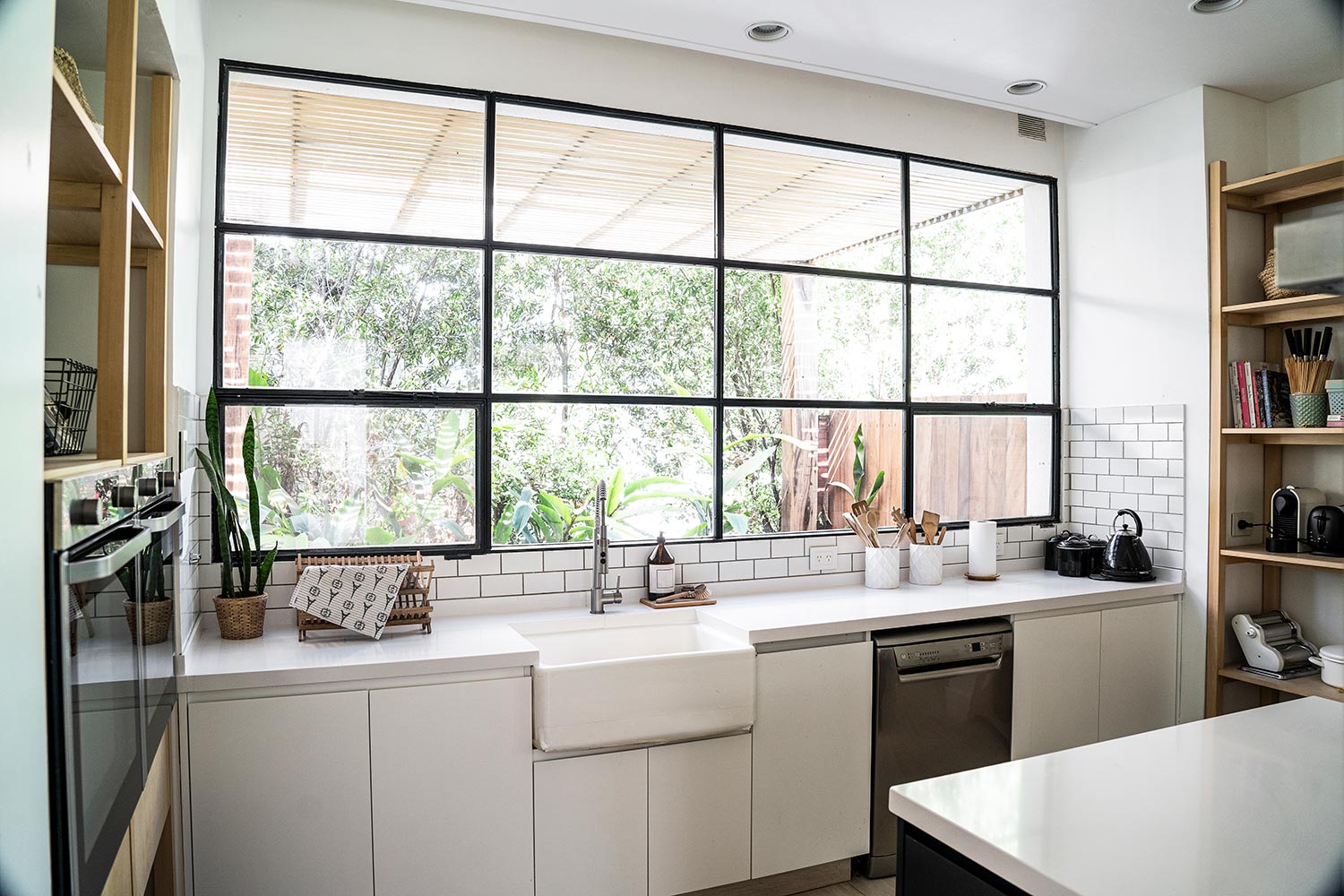

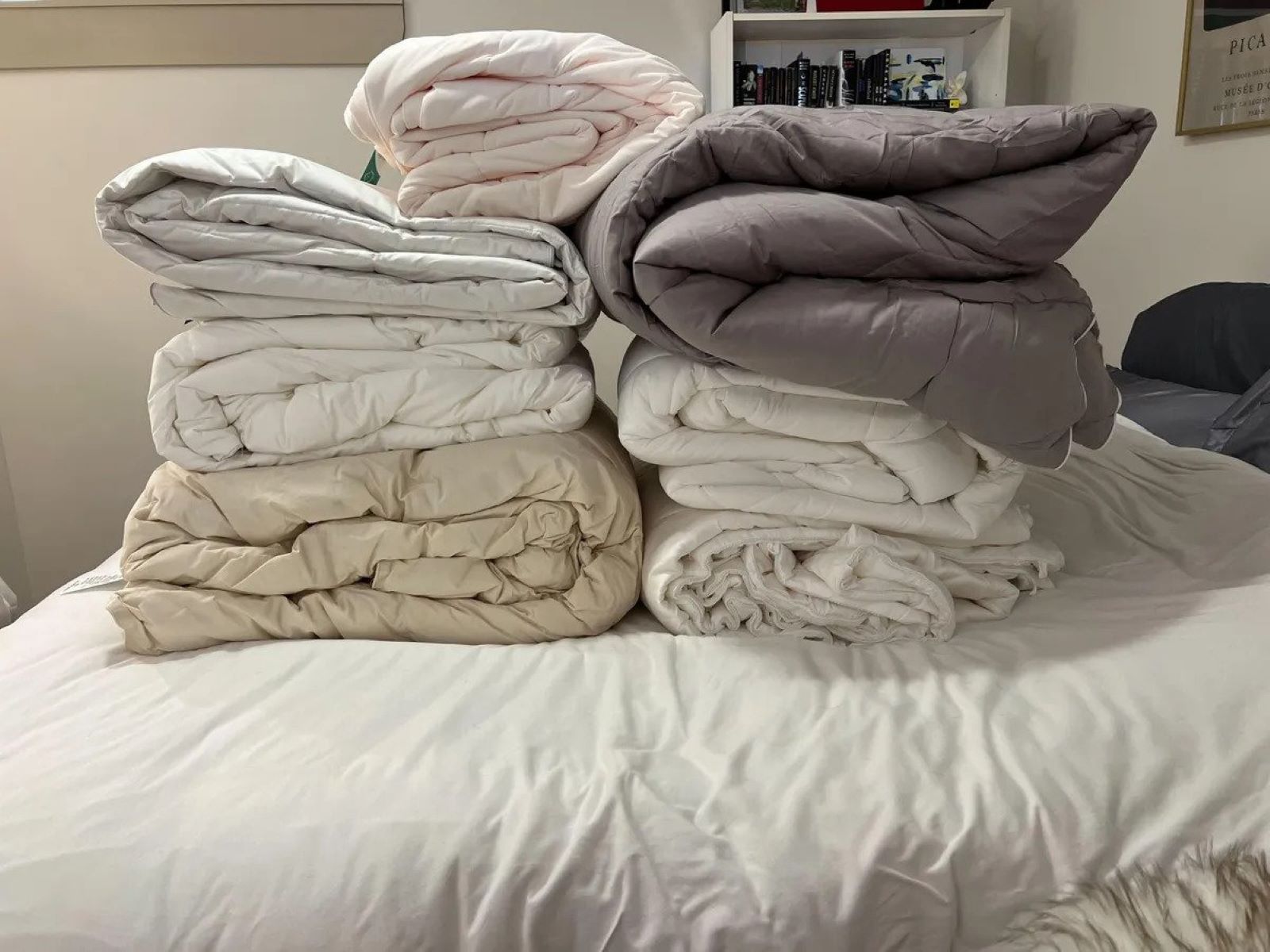
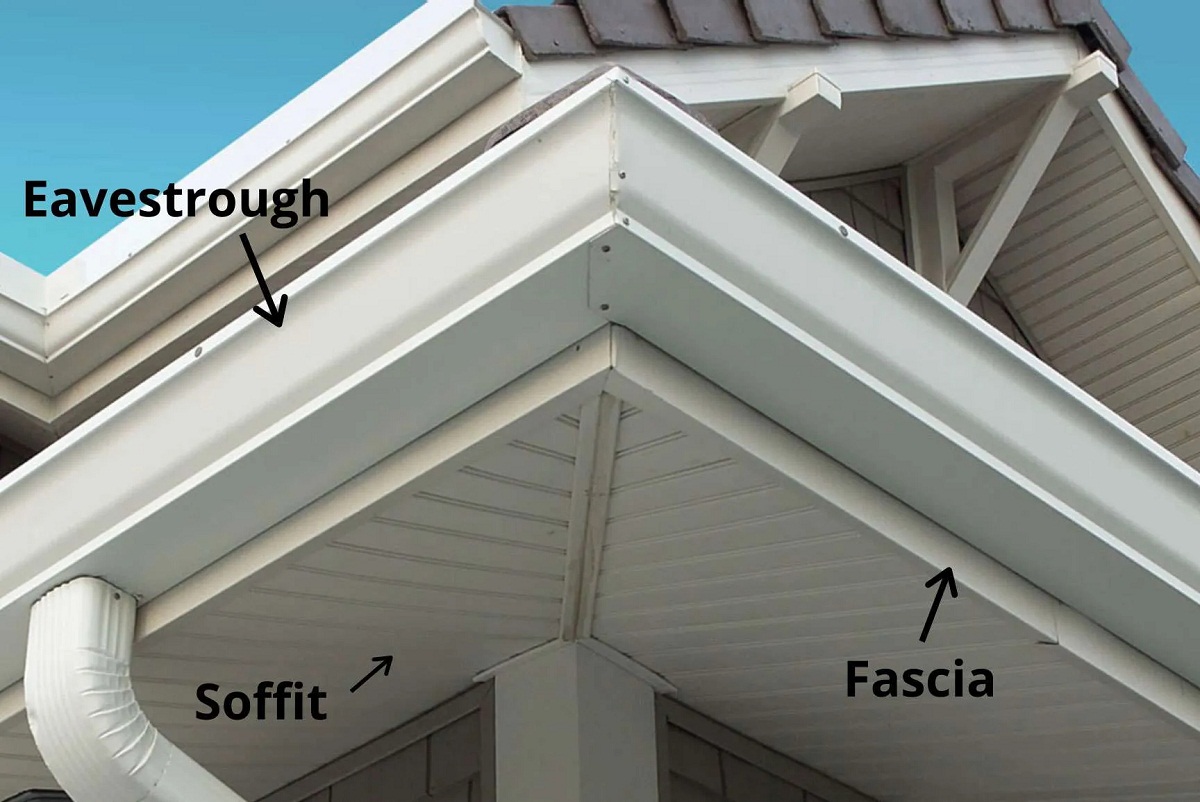
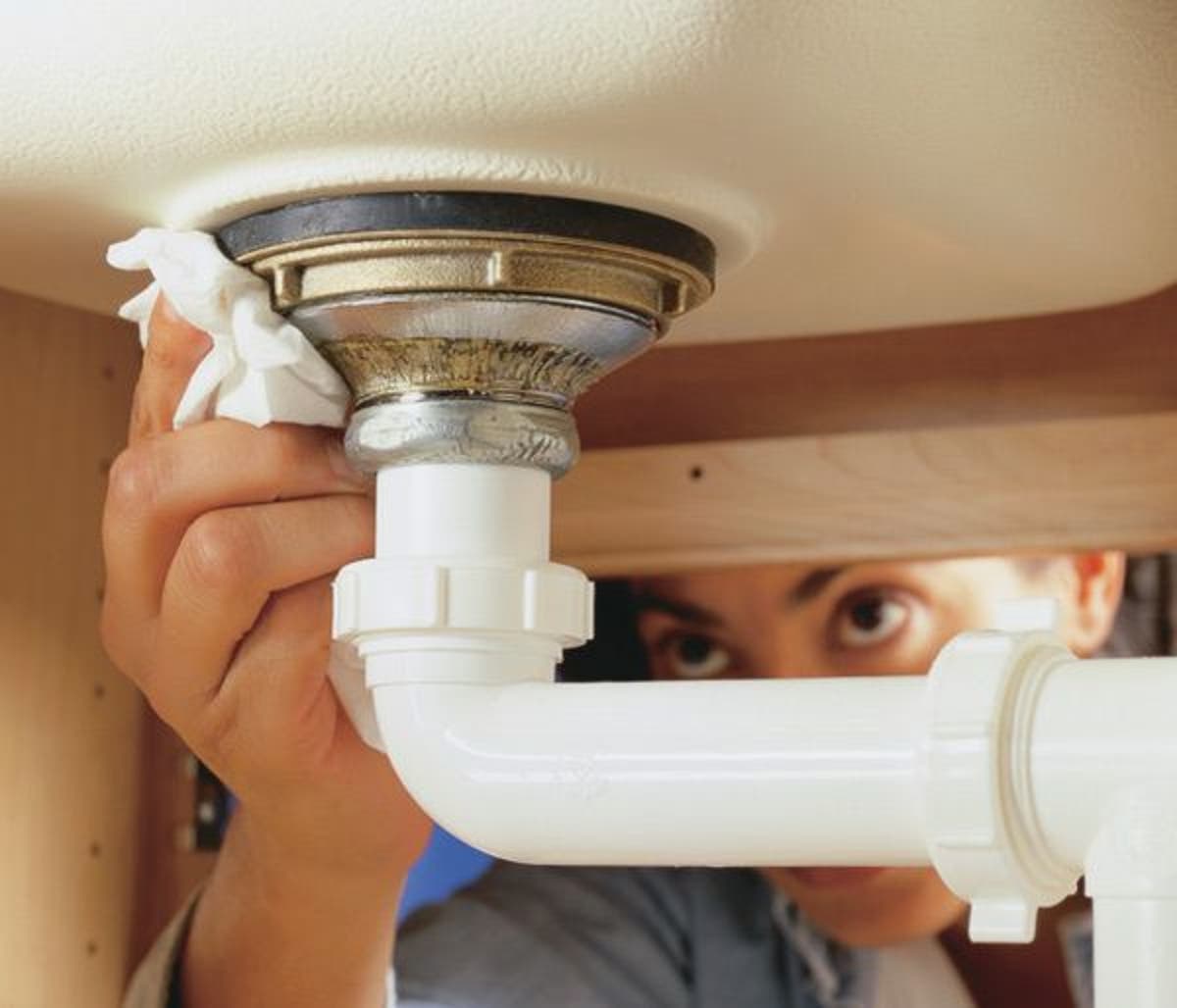
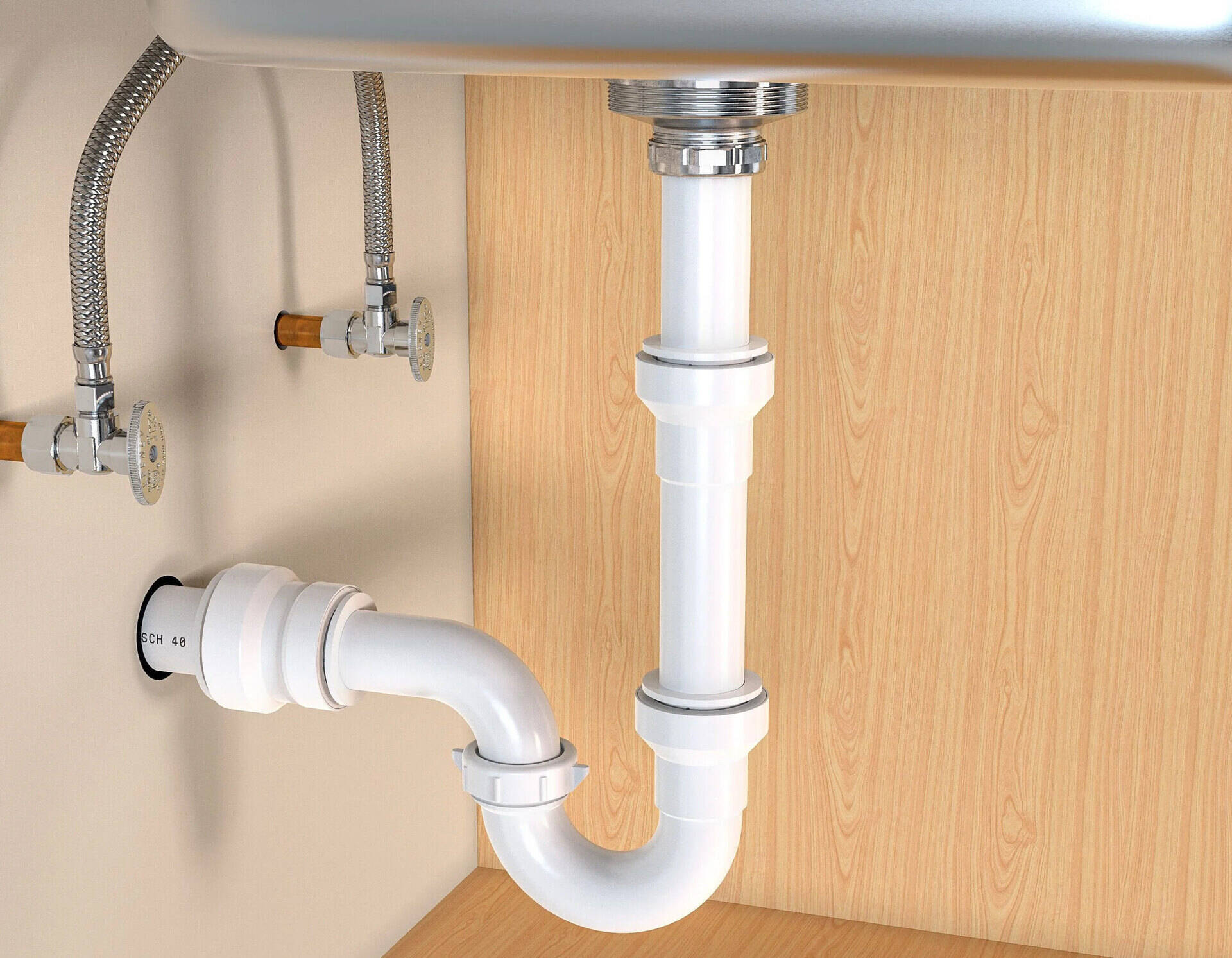
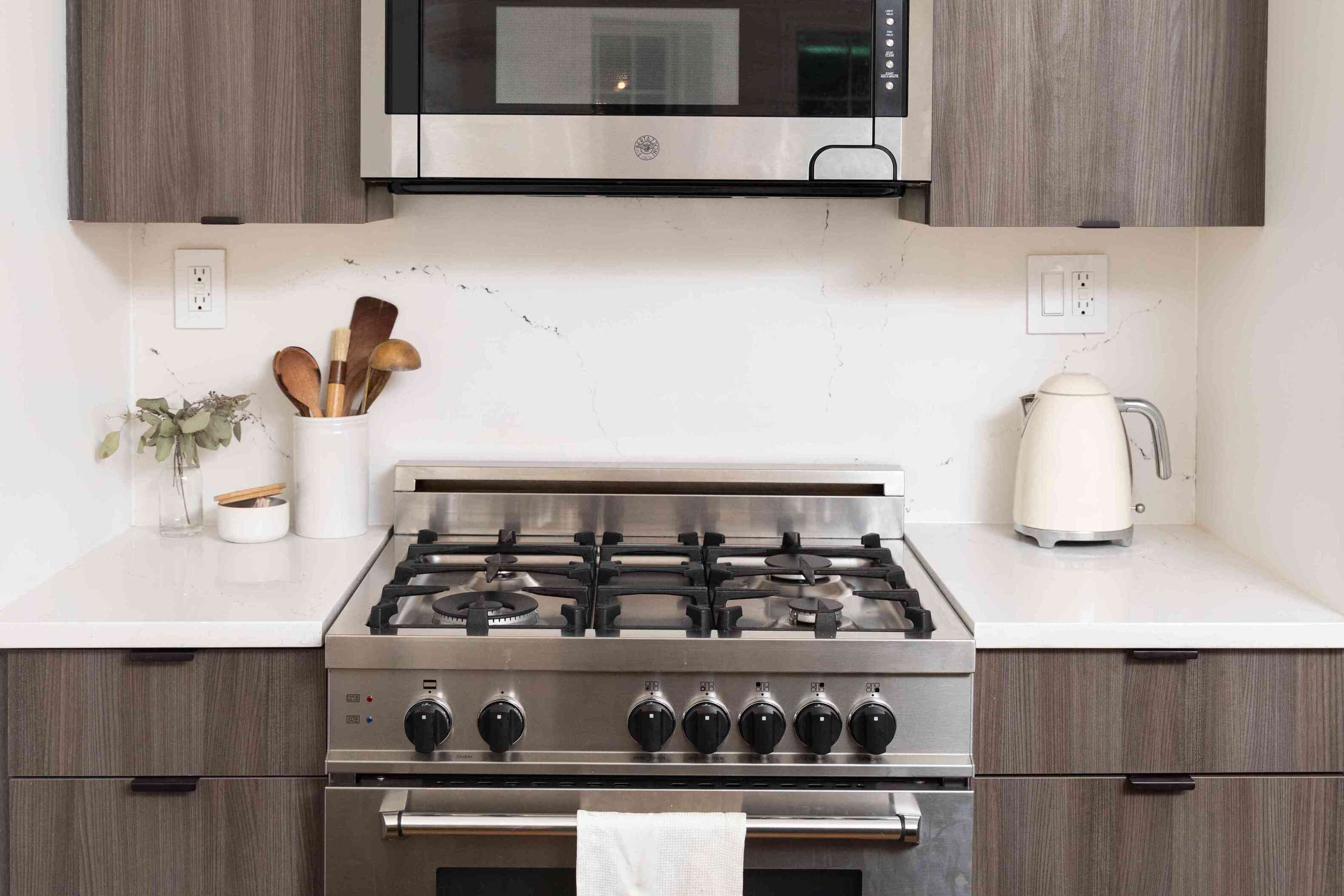
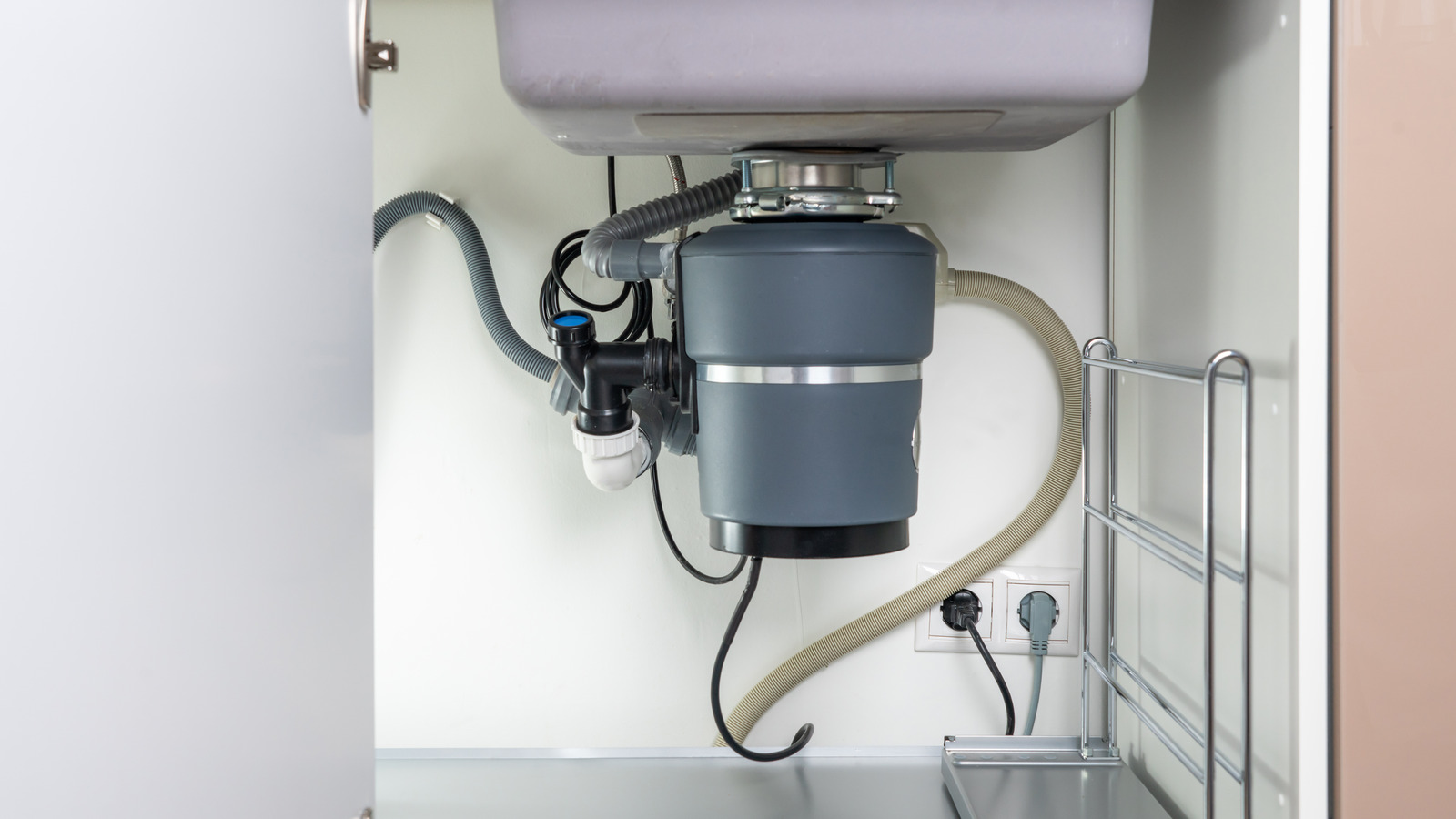
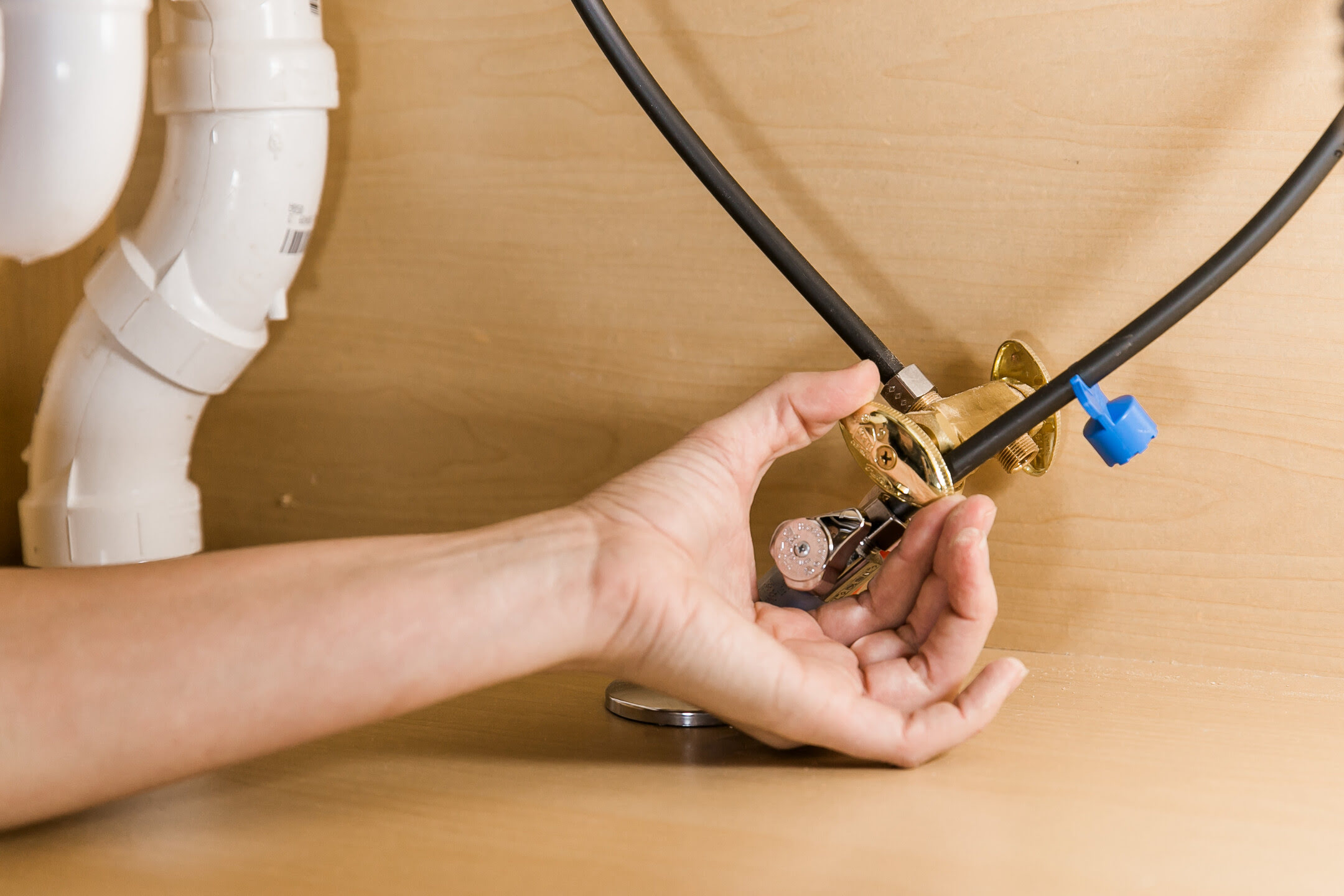
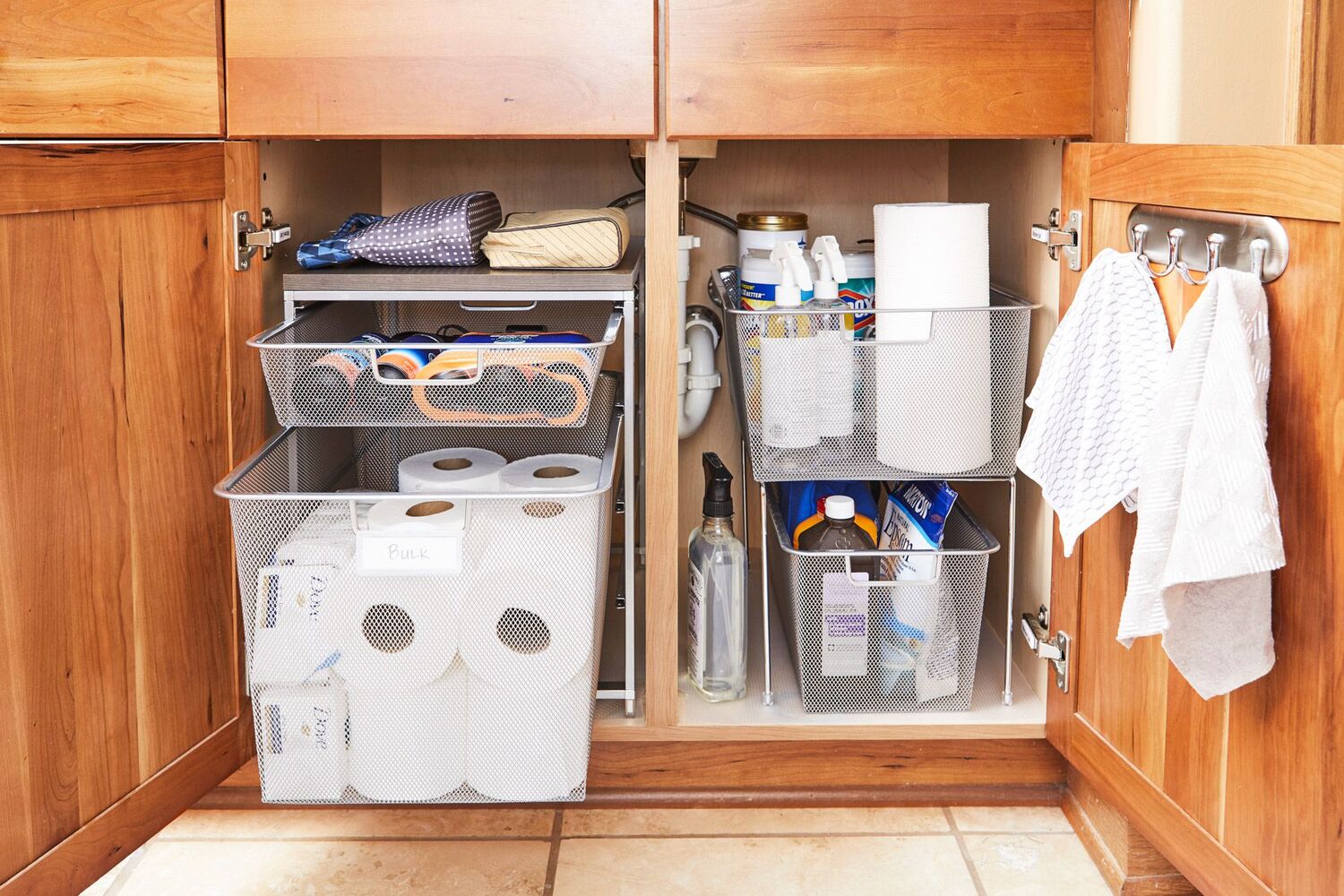
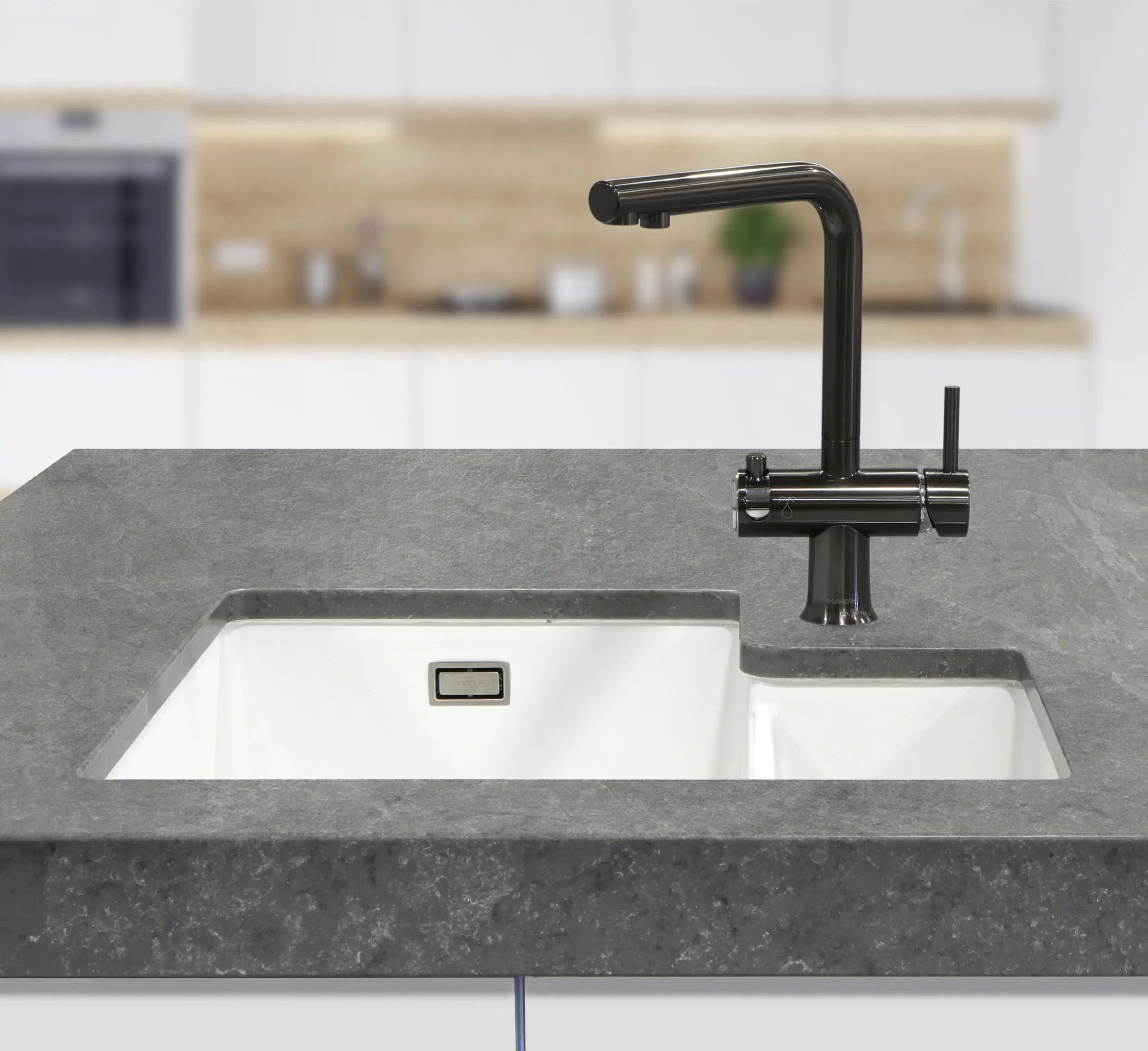
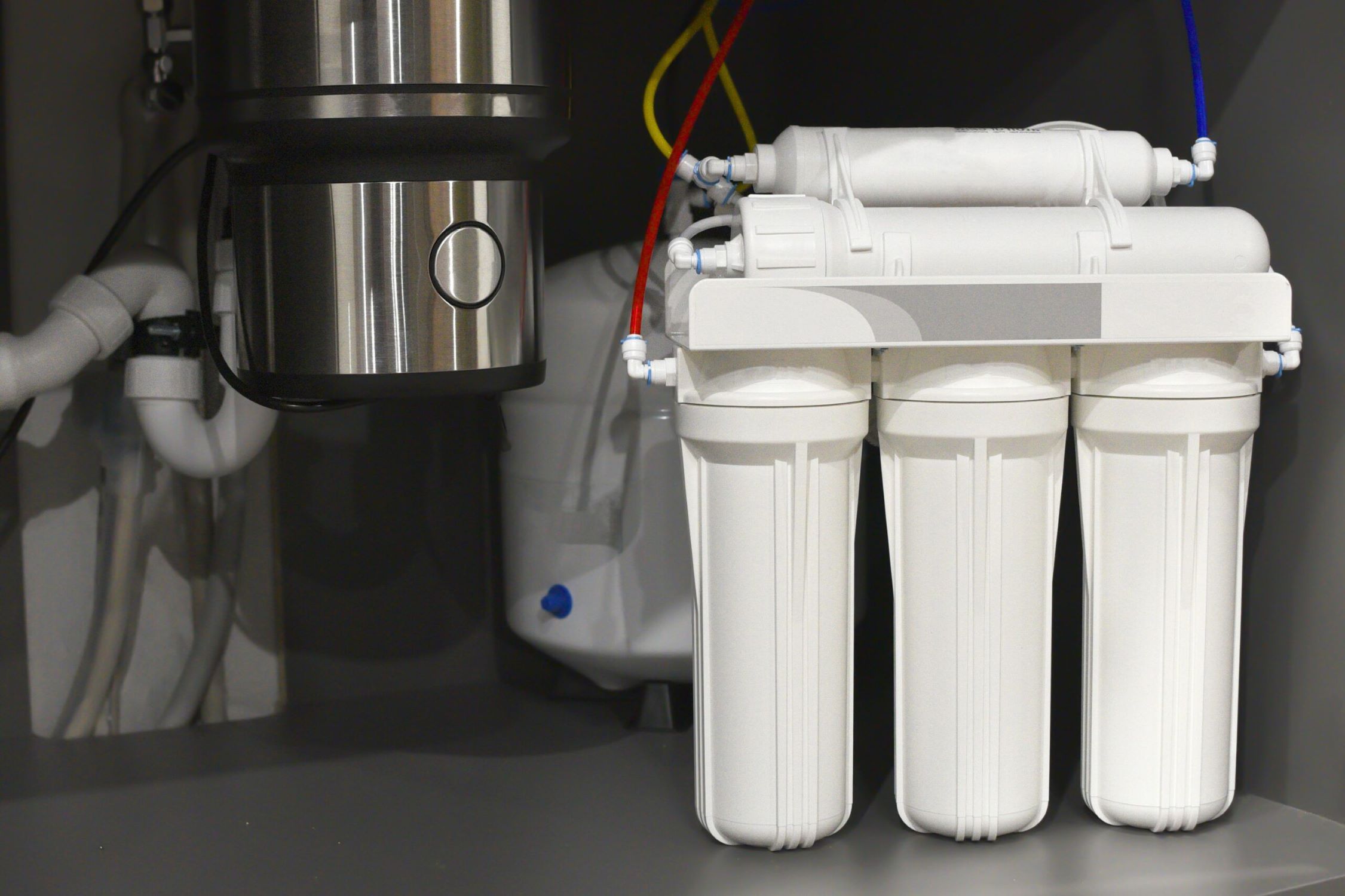
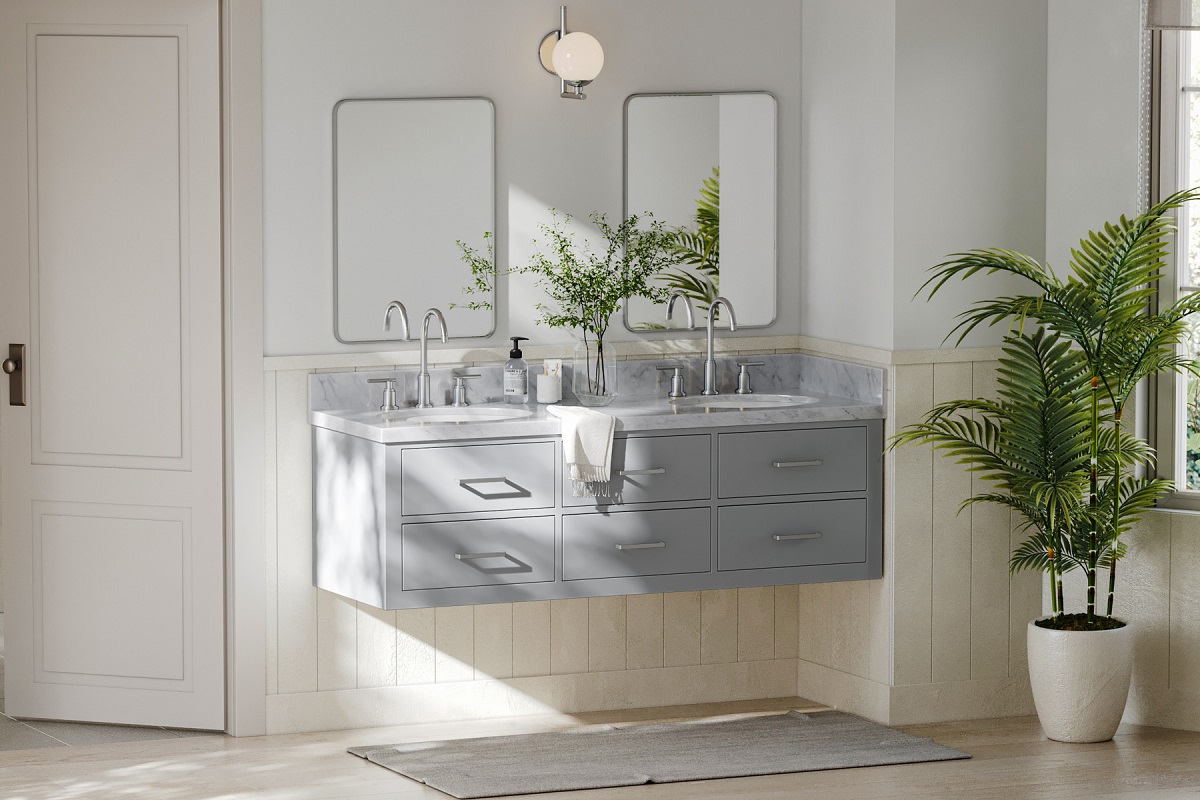

0 thoughts on “What Are The Pipes Under The Kitchen Sink Called”